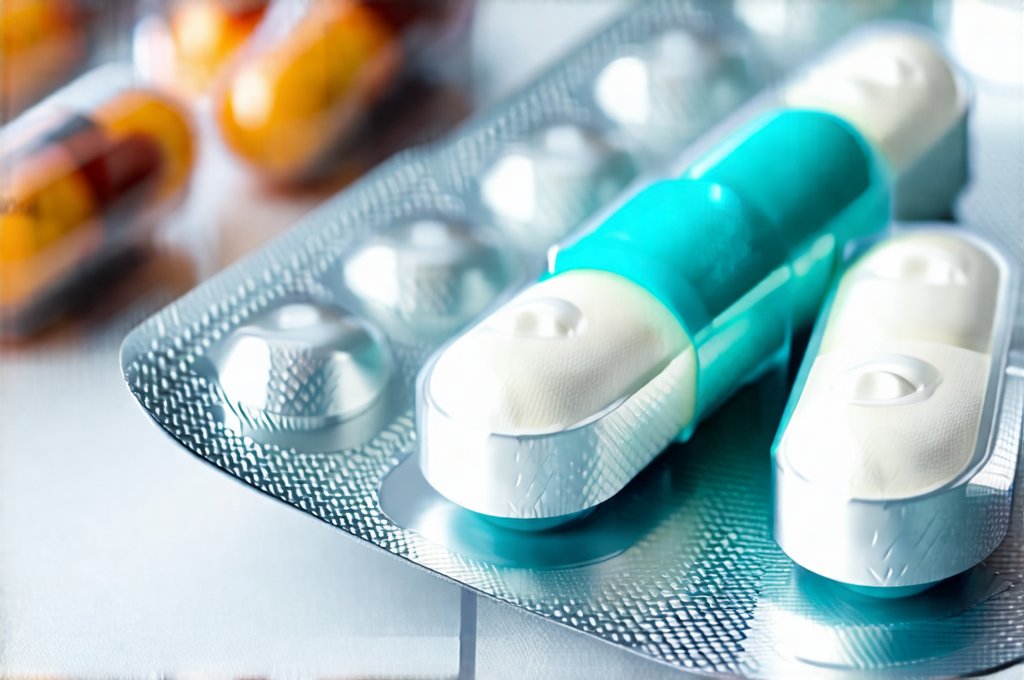Cystitis, an inflammation of the bladder, is a common ailment experienced predominantly by women, but it can affect anyone. While often acute and easily treated with antibiotics, for some individuals, cystitis becomes a recurring issue, sometimes linked to underlying conditions or lifestyle factors. Managing chronic or recurrent cystitis presents unique challenges, especially when combined with the complexities of long-term medication plans for other health concerns. The interplay between these two can be significant; certain medications may weaken the immune system, alter urinary pH levels, or even contribute to bladder irritation, increasing susceptibility to infection. This creates a delicate balancing act where individuals must navigate their ongoing medical needs alongside strategies to prevent and manage cystitis flare-ups.
This isn’t simply about treating symptoms as they arise; it’s about proactive management, understanding potential triggers, and collaborating closely with healthcare professionals to create an individualized plan that minimizes disruption to both your overall health and quality of life. Long-term medication regimens often prioritize specific conditions, sometimes overlooking seemingly ‘minor’ issues like recurrent cystitis. However, the discomfort and impact on daily functioning caused by frequent flare-ups are far from minor, making it crucial to address this issue as an integral part of a holistic healthcare approach. The following will explore strategies for managing cystitis while navigating the complexities of long-term medication, focusing on prevention, symptom management, and effective communication with your care team.
Understanding the Interplay: Medications & Cystitis Risk
Many medications can indirectly or directly influence bladder health and increase susceptibility to cystitis. Immunosuppressants, used in organ transplantation or autoimmune disease management, compromise the immune system, making it harder for the body to fight off infection. Similarly, chemotherapy drugs, while essential for cancer treatment, often have significant side effects including a weakened immune response. Corticosteroids, frequently prescribed for inflammatory conditions, can also suppress immunity and potentially alter the urinary microbiome. However, the impact isn’t always about weakening defenses; some medications affect bladder function itself. Diuretics, used to manage hypertension or edema, can lead to dehydration if not carefully monitored, concentrating urine and irritating the bladder lining. Certain antidepressants have anticholinergic effects which can reduce bladder contractility and contribute to urinary retention, creating a breeding ground for bacteria.
The key is awareness and open communication with your healthcare providers. It’s vital to discuss all medications you’re taking – including over-the-counter drugs and supplements – with your doctor or pharmacist, asking specifically about potential side effects related to urinary health. Don’t hesitate to inquire if there are alternative medications available that may have a lower risk profile for bladder irritation. Furthermore, understanding the mechanism by which your long-term medication impacts your body can help you anticipate potential issues and proactively adjust lifestyle factors to mitigate risks – such as increasing fluid intake or adopting specific dietary modifications. You might also consider learning about how to manage sugars in a urology-safe diet for an additional layer of preventative care.
It’s also important to remember that it’s not always the medication itself, but how it interacts with other factors. For example, a patient on immunosuppressants who is also experiencing chronic stress may be even more vulnerable to cystitis due to the combined impact on their immune system. This highlights the importance of a holistic approach to health management.
Prevention Strategies: Building Resilience & Reducing Flare-Ups
Prevention is arguably the most effective strategy for managing recurrent cystitis, especially when dealing with long-term medication that may already compromise your defenses. A cornerstone of prevention is adequate hydration. Aim for 6-8 glasses of water daily, and even more if you’re taking diuretics or engaging in physical activity. Water helps to flush bacteria from the urinary tract, reducing the risk of infection. Beyond simply drinking enough water, consider incorporating foods with natural diuretic properties into your diet, such as cucumber and watermelon – though moderation is key for those managing fluid restrictions related to other medical conditions.
Another crucial aspect of prevention is mindful bladder habits. Avoid prolonged holding of urine, as this can weaken bladder muscles and increase the risk of bacterial growth. Empty your bladder completely when you urinate, and practice double voiding (waiting a few moments after finishing urination and then trying to empty again) to ensure complete evacuation. Regarding hygiene practices, always wipe from front to back after using the toilet to prevent bacteria from the bowel reaching the urethra. Consider avoiding harsh soaps or perfumed products in the genital area, as these can irritate the delicate tissues and disrupt the natural vaginal flora. If you’re unsure about distinguishing between a bladder infection and cystitis, it may be helpful to review how to tell a bladder infection from cystitis in women.
Finally, dietary considerations play a role. While research is ongoing, some individuals find that reducing intake of bladder irritants such as caffeine, alcohol, spicy foods, and acidic fruits (citrus, tomatoes) helps to minimize flare-ups. Probiotics, found in yogurt or supplements, may also be beneficial for maintaining a healthy vaginal microbiome which can help prevent bacterial imbalances leading to cystitis. Remember, these are general guidelines and individual sensitivities vary; keeping a symptom diary can help you identify your specific triggers.
Identifying & Minimizing Personal Triggers
Many factors can contribute to cystitis flare-ups, and what triggers one person may not affect another. Keeping a detailed symptom diary is an invaluable tool for identifying your personal triggers. Record everything – what you eat and drink, activities you engage in (exercise, sexual activity), stress levels, medications taken, and any symptoms experienced. Over time, patterns may emerge, revealing connections between specific factors and the onset of cystitis symptoms. For example, you might notice that flare-ups consistently occur after consuming caffeinated beverages or during periods of high stress.
Once triggers are identified, you can proactively minimize exposure to them. This could involve modifying your diet, adjusting your activity level, or implementing stress management techniques like yoga, meditation, or deep breathing exercises. If sexual activity is a trigger, consider urinating immediately afterward to flush out any bacteria that may have entered the urethra. Furthermore, be mindful of clothing choices; tight-fitting underwear can trap moisture and create an environment conducive to bacterial growth. Opt for breathable cotton undergarments instead.
The Role of Pelvic Floor Muscle Training
A weak or dysfunctional pelvic floor can contribute to bladder problems, including recurrent cystitis. Pelvic floor muscle training (PFMT) – also known as Kegel exercises – strengthens the muscles that support the bladder and urethra, improving bladder control and reducing the risk of leakage. These exercises involve consciously contracting and relaxing the pelvic floor muscles repeatedly. It’s important to perform them correctly; imagine you are trying to stop the flow of urine midstream (though this is only for identifying the correct muscles – do not practice PFMT while urinating).
PFMT can be incorporated into your daily routine, performing sets of contractions throughout the day. A physical therapist specializing in pelvic health can provide personalized guidance on proper technique and develop a tailored exercise program based on your specific needs. It’s important to note that overdoing PFMT can actually lead to muscle fatigue and worsen symptoms; therefore, consistency and moderation are key.
Communicating Effectively with Your Healthcare Team
Managing cystitis alongside long-term medication requires open and honest communication with your healthcare team. Don’t hesitate to discuss any concerns you have about potential side effects or interactions between medications. Be prepared to provide a comprehensive medical history, including all medications you’re taking, as well as details about your cystitis symptoms and triggers.
When describing your symptoms, be specific and detailed – what exactly do you experience (burning sensation, frequent urination, urgency), how long does it last, and what makes it better or worse? Bring your symptom diary to appointments, and actively participate in treatment decisions. If a particular medication seems to exacerbate your cystitis symptoms, discuss alternative options with your doctor. Remember, you are an active partner in your healthcare journey, and your input is crucial for developing a plan that meets your individual needs and optimizes your overall well-being. Learning how to manage UTIs with minimal medication can also be helpful in discussions about long-term management strategies.





















